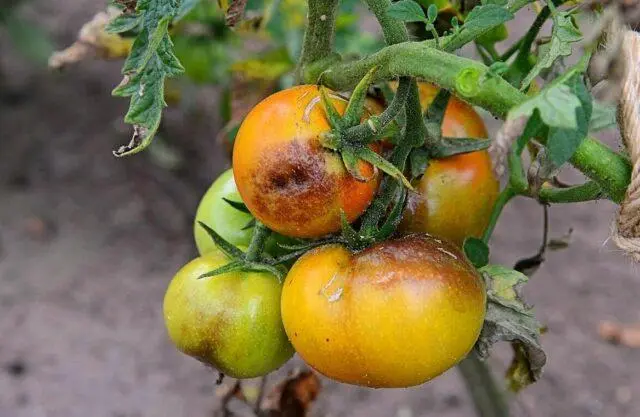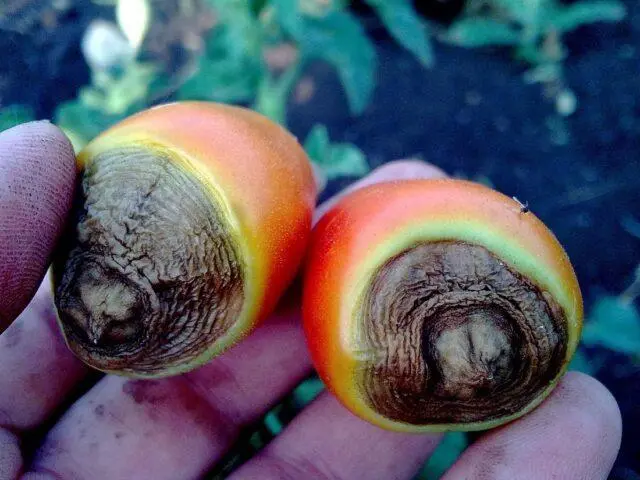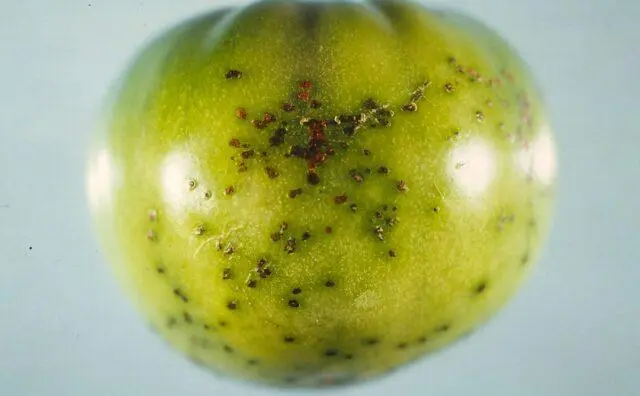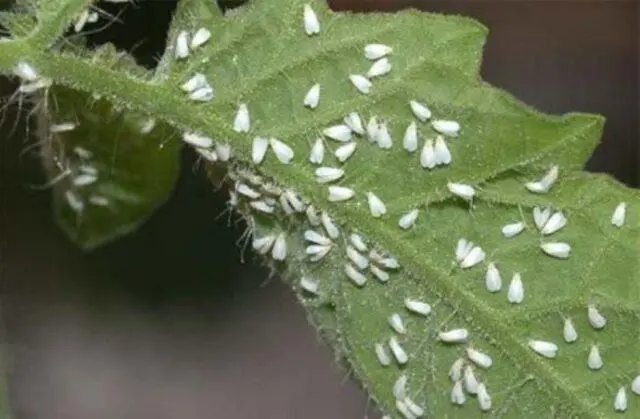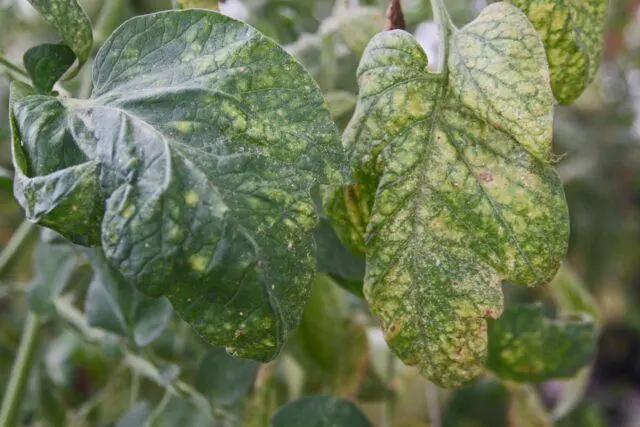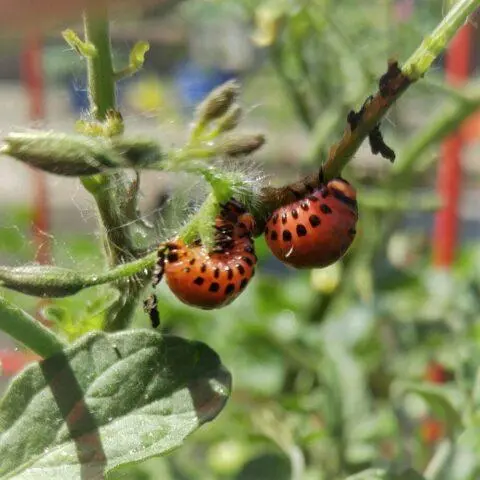Contents
For more than 40 years, one of the most popular varieties of the Siberian collection has been the Em Champion tomato. Gardeners characterize it as cold-resistant and high-yielding and recommend it for outdoor cultivation.
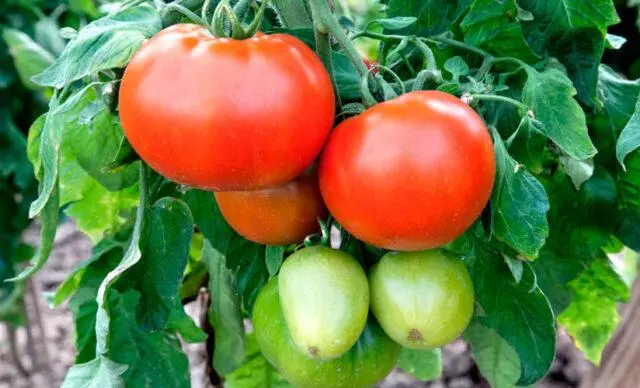
Em Champion tomatoes are beautiful and tasty
History of breeding
The Em Champion tomato variety was bred at the end of the last century by Siberian breeders for cultivation in the cold regions of the country. Initially, it was intended for cultivation in open ground. But, as gardeners from different regions of the country note, Em Champion tomatoes also feel great when grown in greenhouse conditions. The variety was entered into the State Register in 1982.
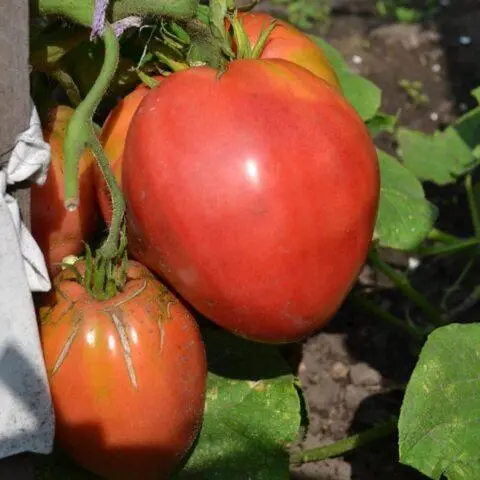
Variety Em Champion was intended for cultivation in Siberia
Description of the tomato variety Em Champion
The tomato of the Siberian collection Em Champion is a determinant (undersized) variety, that is, the development of the bush occurs with the growth of the central stem stopping and the formation of a flower brush (topping) on its top.
Neat bushes of this culture are low (0,5-0,7 cm), slightly leafy. Shoots are thin, but strong enough. The dark green embossed leaves are large, drooping, which ensures good ventilation of the plantings. The shape of the leaf plate is characteristic of representatives of this culture.
The inflorescence of Em Champion tomatoes consists of 3-5 simple yellow flowers, in place of which, after the end of the flowering period, an ovary is formed. The first flower brush is formed above the fifth leaf, all the rest – every two leaves. The growth of the central stem, as a rule, stops after the formation of 4-5 fruit clusters.
Variety Em Champion is optional, that is, self-pollinating. Therefore, for the pollination of flowers, the participation of bees is not necessary, a simple breath of wind will be enough.
Oval heart-shaped tomatoes Em Champion are similar in shape to the well-known variety Bull’s Heart. In most cases, the weight of one fruit is 150-300 g, however, there are also larger specimens (about 800 g).
Thin, crack-resistant tomato skin adheres tightly to the tender juicy pulp. The high content of sugars provides these tomatoes with a pleasant, sweet, slightly sour taste. The seed chambers contain a small amount of seeds.
The root system is strong, taproot, with numerous branches. The length of the central root can reach 1 m, and the lateral ones go in different directions at a distance of 0,5 to 2 m. Due to the good regenerative abilities of the root system, its slight damage does not have a detrimental effect on the growth and development of the plant.
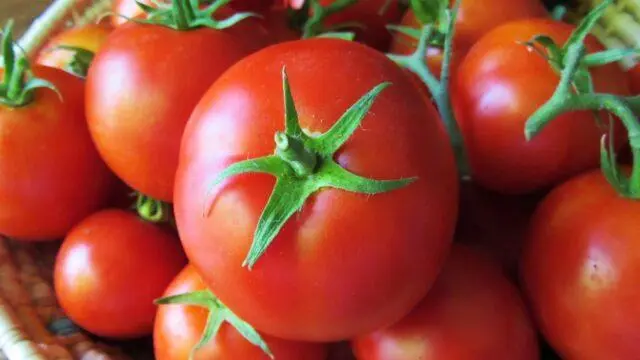
Variety Em Champion is characterized as large-fruited
Characteristics of tomato Em Champion
Em Champion tomatoes normally tolerate frequent temperature changes and provide a decent harvest in almost all areas of the country, even in the most unfavorable season. And this is not the only good quality of tomatoes.
Tomato yield Em Champion
One plant lays up to five flower brushes, on each of which subsequently up to five large fruits ripen. Thus, with the right agricultural technology, it turns out to collect 3-4 kg of ripe tomatoes from a bush. This allows us to characterize the variety as high-yielding.
In terms of ripening, the tomato is medium early, so the first ripe fruits can be obtained 100-110 days after sowing seeds for seedlings. The fruiting period continues until frost.
Disease and pest resistance
Tomatoes of this variety have a certain immunity to fungal and viral infections. However, this does not always protect them from the development of nightshade-specific diseases and attacks of harmful insects. The reason for this, as a rule, is increased humidity and improper care of plants.
Methods of Use
Em Champion tomatoes do not have good keeping quality and transportability, therefore they are not suitable for long-term storage and transportation over long distances.
Ripe fruits are eaten fresh and used for salads, first and second courses.
The large size of tomatoes does not allow them to be used in the process of whole-fruit canning. However, the presence of juicy and sweet pulp makes these tomatoes an ideal raw material in the production of juices, sauces and fruit drinks.
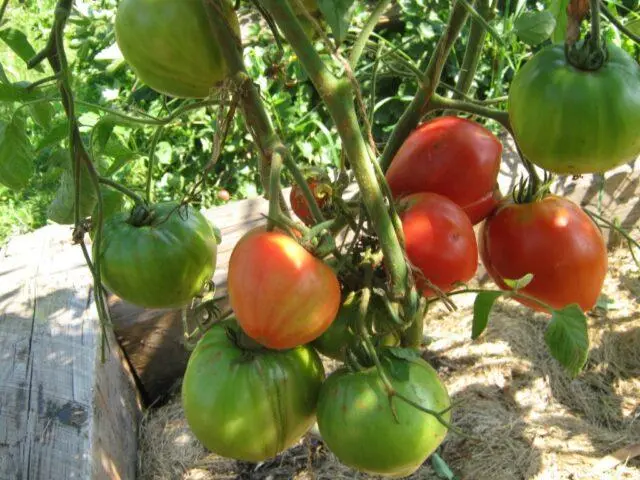
The good yield of the variety is due to the large size of the fruit.
Advantages and disadvantages of Em Champion variety
Em Champion tomatoes have many advantages: they do not take up much space and give a good harvest in any weather. However, like all representatives of the culture, this variety also has disadvantages.
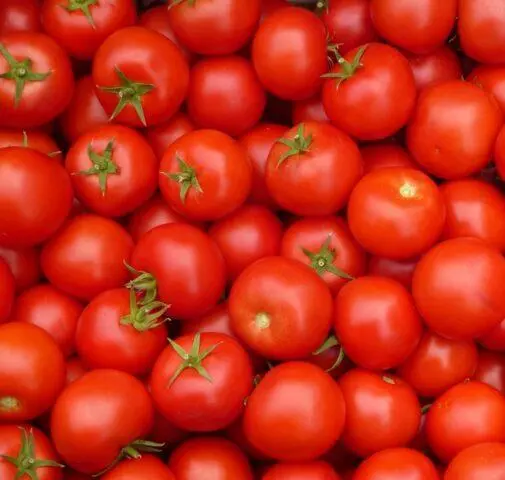
Em Champion tomatoes have more advantages than disadvantages
Pros:
- the possibility of growing in open ground;
- ease of care;
- high yield in all weather conditions;
- compactness and good ventilation of the bushes;
- large size and good taste of fruits;
- no need for pinching;
- good resistance to diseases and temperature extremes;
- the possibility of self-collection of seeds.
Cons:
- impossibility of long-term storage;
- the need to tie bushes to supports.
Planting and caring for tomato Em Champion
Em Champion tomatoes are planted in open ground 60-65 days after the seeds hit the ground. This must be taken into account when determining the time for sowing tomatoes for seedlings. In most cases, in the southern regions, this is done in the second half of February, and in cooler regions – in March.
After the appearance of two true leaves, the seedlings are dived into separate glasses, and planted in open ground when the soil warms up to 10 ° C and the threat of return frosts has passed. This is around the end of April or beginning of May.
The algorithm for planting tomatoes Em Champion can be viewed on the video.
Subsequent plant care is reduced to the following activities:
- Watering. Excess moisture can cause the development of fungal diseases, such as late blight. In this regard, it is necessary to water the tomatoes only as the topsoil dries.
- Loosening the soil and removing weeds. Ideally, the soil should be worked after each watering. Weeds are removed as needed.
- Top dressing. It is recommended to fertilize tomatoes every two weeks. Alternately use mineral and organic compounds.
- Prevention and treatment of diseases. From fungal diseases, a week before planting seedlings in open ground, prepared beds are shed with a solution of copper sulfate, prepared at the rate of 1 tbsp. l. drug in 10 liters of water. A couple of days after the first treatment, the beds are treated with a solution of potassium permanganate (it should be dark crimson). For the treatment of fungal diseases, fungicidal preparations such as Fitosporin, Fundazol are used, and for pest control (before the appearance of the ovary), insecticides (Aktara, Avant, etc.)
- Pinching and garter. Sagging under the weight of the fruit, the thin shoots of the Em Champion tomato can be deformed, therefore, during the fruiting period, it is recommended to tie them to supports. Em champion tomato bushes are undersized, so there is no particular need to remove side shoots. However, pinching up to the first fruit cluster will help increase crop yield and prevent the development of fungal diseases.
In addition, low-growing varieties do not require pinching the central stem and part of the brushes, as is done with tall crops. After the formation of a certain number of fruit brushes, the growth of the bush stops, and all the tomatoes have time to ripen.
The exceptions are those cases when it is planned to bring the ripening period of tomatoes closer or get especially large fruits. In this case, 1-2 fruit brushes are left on the bushes.
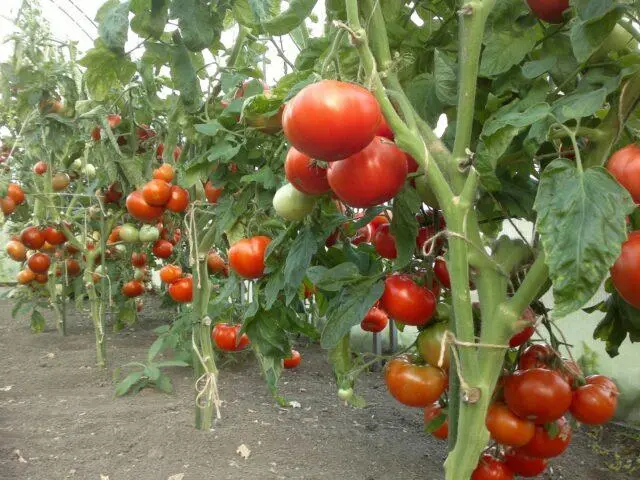
The process of growing tomatoes is not particularly difficult.
Pest and disease control
Despite good immunity, gardeners sometimes have to deal with tomato diseases.
- Late blight. The reason for the development of late blight, as well as other fungal diseases, is increased soil moisture and poor ventilation of plantings. At the initial stage of the disease, the leaves turn yellow and dry, later the fungus infects the fruits, making them unsuitable for use. Treatment of plants with Fundazol or Fitosporin will help to cope with late blight.

Late blight can cause plant death
- Dry rot. The first sign of the disease is dark spots on the stems, which gradually turn into wounds. It is impossible to cure dry rot, so diseased plants will have to be removed from the garden.

Dry rot affects not only the stems, but also the fruits.
- Anthracnose (copper). Copperhead is a black spot rot that affects the roots and fruits of tomatoes. At the initial stage, a small dent appears on the tomatoes, which subsequently darkens and becomes covered with small black dots. Copperhead can be cured with fungicides.

Fruits affected by verdigris are unsuitable for consumption.
Do not disregard tomatoes and pests:
- Whitefly. A small, moth-like white butterfly can destroy entire plantings of tomatoes in a short time. The fact is that the whitefly very often lays eggs, from which green caterpillars appear in just a few days and immediately begin to destroy the vegetative parts of the plant. You can cope with the whitefly by treating the plantings with insecticidal preparations.

A small butterfly can do great harm
- Spider mite. A sign of the presence of this pest are white and yellow dots on the back of the leaves. You can get rid of the parasite with the help of insecticides.

Leaves affected by a tick do not look very beautiful
- Colorado beetle. This pest is hard to miss. Bright red at the beginning of their life path, over time, the Colorado beetles acquire a yellow-black striped color. If you do not fight this pest, it is able to destroy plantings of tomatoes in less than a week. You can cope with it by treating the bushes with Aktara, Calypso or other insecticidal preparations.

During the fruiting period, beetles will have to be collected manually.
Conclusion
Tomato Em Champion is a salad variety that will delight with large sweet fruits throughout the season. With proper care, you can harvest such a crop that will be enough to prepare not only salads in the summer, but also juices and sauces for the winter.










